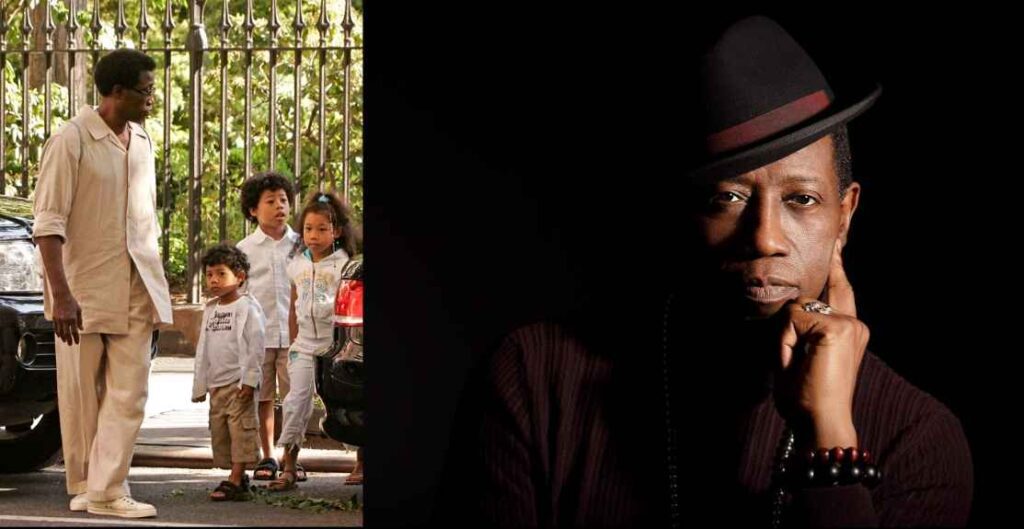In the vast realm of the internet, sometimes stories that are not true can spread really fast. One such story is about a pretend person named Sandra Orlow. People made up this story, saying she is a famous model and a big deal on social media. But guess what? It is not real.
Sandra Orlow is a name associated with a controversial website that featured non-nude and semi-nude photographs of a young girl. The idea that Sandra Orlow is a famous model, social media star, and business owner with support from big companies is not true.
The Sandra Orlow tale is a good example of why we should be smart about what we believe on the internet. Let us explore this story together and see why it is important to be careful in an online world.
The Made-Up Story

The Sandra Orlow story is just a made-up one. Sandra Orlow is not real; she is a character in a pretend story connected to a website that caused some serious problems. This website showed pictures that were not okay, especially because they involved a young girl.
People got upset about it, and it led to legal and ethical troubles. Talking about this topic needs to be done with care because it is about something really sensitive. The website faced big consequences because it made people think about being safe on the internet and how we should protect others, especially kids, from bad things online.
People are sharing this made-up story online, saying she started modeling at 13, appeared on magazine covers, and worked with big brands like Victoria’s Secret and Guess. But all of this is a lie.
No one has actually seen Sandra Orlow on runways or in famous magazines. The story about her being in the Sports Illustrated Swimsuit Issue is made up too. Everyone needs to know that this is just a fake tale spreading on the internet.
People might believe it, but we need to be careful and check the facts before sharing stories like this. So, if you come across this Sandra Orlow story, remember it is not true. Let us be smart about what we believe and share online.
This situation made everyone talk about how important it is to be responsible on the internet and make sure it is a safe and good place for everyone.
Clarifying the Untruthful Story
Let us take a look at the pretend tale of Sandra Orlow on the internet. It says Sandra is a model from Russia who moved to Canada when she was a kid and became super successful in fashion.
It claims she was on the covers of big magazines like Harper’s Bazaar, Elle, and Vogue. They say she is around 20 years old and is the face of famous brands like Guess, American Eagle, and Forever 21.
But here is the thing: none of that is real. All those stories about Sandra modeling and big endorsements are just made up. By digging into this fake story, we see how important it is to tell the difference between what is true and what is not, especially when we are reading things online.
This made-up story might be interesting, but it is a good example of why we should be careful about believing everything we see on the internet.
The Reality
In figuring out what is real and what is made up, we can see that Sandra Orlow is not a real model. The sayings about her having a modeling career, endorsements, a YouTube channel, and lots of fans are all made up.
This made-up story does not just make Sandra Orlow look successful when she is not even a real person; it also tricks people who read it. Besides the worry about making up things and hurting someone’s fake reputation, it shows a bigger problem on the internet.
Stories like the one about Sandra Orlow remind us that we need to be careful. We should double-check things before we believe them or tell others about them. It is important because false stories can spread fast, and it is up to each of us to keep things real online.
We should always check the facts first; it protects both made-up characters and real people from the confusion that comes with stories that are not true. Let us be wise about what we believe and share online.
How to Handle Information Wisely?
When you see stories that seem a bit off or might not be true, here is what you can do:
Use Reliable Sources
Get information from sources you know and trust. Good sources are big news websites, official pages, and places that check if things are true.
Look for the Same Information
Make sure the story is the same on different websites. If things do not match, it might not be true.
Tell Others to Check
Tell your friends and family to be careful, too. Ask them to check if something is true before they talk about it.
Help Stop False Stories
If you see something wrong on social media, report it. It helps keep things true online.
Teach Others
Share what you know about checking if things are true. Teach your friends to be careful, too. It helps everyone be smarter online.
Conclusion
The story about Sandra Orlow shows us how important it is to be careful on the internet. Sandra Orlow is not real, but someone made up a story about her being a famous model and business owner. This made-up story spread online, and people believed it, even though it was not true.
When we see stories that seem strange or not true, we need to be careful. We should check if the information is from a good source and if other places say the same thing. It is important to tell our friends and family to be careful, too, and if we see something wrong online, we can report it to keep things true. Let us be wise and help everyone be smarter online.







